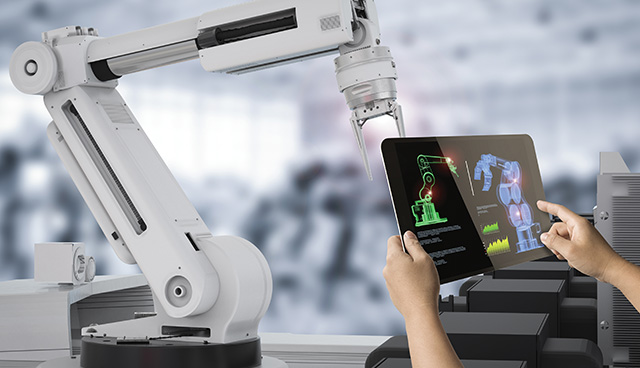Implementing Robotic Process Automation


Accenture’s experience of working with a central Government department in the UK to develop scaled software robotic solutions can benefit organisations contemplating the adoption of Robotic Process Automation (RPA). Dan Sheils, Managing Director of Accenture Ireland’s Health and Public Service Practice, writes.
RPA tools provide a convenient bundle of software services that allow you to automate the actions of a human computer user. However, very few tasks performed by humans on computers are so simple that they can be automated without some intelligence and decision making. When RPA is combined with more traditional coding and Artificial Intelligence (AI) the scope of what RPA can achieve and the benefits it can deliver expand dramatically.
Accenture recently worked with a central government department in the UK to establish an Intelligent Automation Garage. ‘The Garage’, now operates more than 350 software robots, most of which perform functions enabled by AI in various forms. The story of how the Garage developed scaled software robotic solutions is interesting for those contemplating the adoption of RPA in their organisations.
In a public sector environment, the critical elements for the implementation of robotic solutions are ensuring consistency and intensity.
To ensure consistency, the team built a solid and reusable framework for the safe running of RPA solutions. They also started to build up a library of code and automated process segments that could be re-used to speed and de-risk future projects. It was recognised that the procedures, development automation (DevOps) and code repositories needed a home and without a co-ordinating function across the department, a mass of inefficient RPA solutions could proliferate. This is why the Garage was created.
The demand for RPA and associated automations to ease operational burden was intense, but projects had to be strictly prioritised and early RPA implementations were constrained by the means in which they could run. Since the robots operated as staff on core systems (complete with their own user IDs and smart access cards) security was paramount and the software initially ran from standard-build physical PCs in a locked room. This worked to prove the concept of RPA but obviously was not scalable beyond a small number of robots.
Initially, a lot of effort at the Garage was focused on designing and building secure and scalable virtual environments for the RPA software to run on. With the launch of templated virtual machines in a cloud environment and secure connectivity to the departmental applications, the Garage started to focus on intensity. The operation is now at a state where auto scaling groups are used to spin up not just robots but whole environments as needed. Code responds to the volume of work in specified queues and configurable service levels to spin up an appropriate number of worker robots to process the queue within the set time. For example, if 100 items are in the queue, the service level says they all must be cleared in 10 minutes, and the historical average is one minute per item then 10 robots are immediately spun up. This way, the department saves on hosting and processing costs. If needed, the entire robot workforce can be focused on a single task to clear a backlog. It is a truly liquid RPA workforce.
With over 350 software robots now operating across a host of core business areas, the Garage has created the foundations for a secure, scalable and resilient RPA capability. Robots work alongside humans, doing only the repetitive programmable tasks and freeing people up for more value-added work.
The workforce of the future is not all robots and nor is it all human. It is the effective collaboration of human and machine. Learning what is now possible with that collaboration will be the next chapter in the story of the Garage.
For more information:
Dan Sheils leads Accenture’s Health and Public Service business in Ireland.
T: +353 (0) 1 646 2339
E: daniel.sheils@accenture.com






